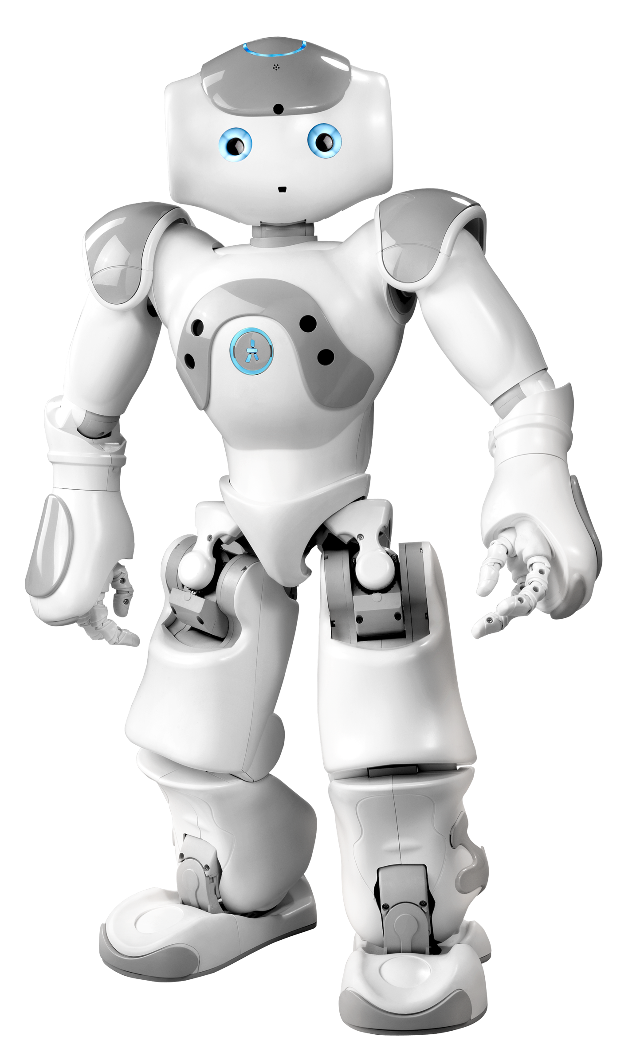KIDS COMMUNICATION
WITH ROBOTS
Kids' communication with robots can be an interesting and evolving field. While robots are primarily designed to perform tasks or assist humans, they can also serve as communication partners for children. Here are a few aspects to consider regarding kids' communication with robots.
- Learning and Education: Robots can be used as educational tools to engage children in learning activities. They can teach various subjects, such as math, science, or languages, in an interactive and playful manner. Robots can provide personalized feedback, adapt to the child's learning pace, and make the learning process more enjoyable.
- 2. Social Skills Development: Interacting with robots can help children develop social skills. Robots can engage in conversation, listen to the child's speech, and respond appropriately. They can encourage turn-taking, active listening, and practicing social etiquette. Some robots are designed specifically to support children with autism spectrum

- Emotional Support: Robots can also provide emotional support to children. They can recognize and respond to emotions through facial recognition or voice analysis. For example, they may offer encouragement, engage in calming activities, or simply provide companionship. Such interactions can be beneficial for children who may feel more comfortable expressing themselves to a non-judgmental robot.
- Language Learning: Robots can aid in language acquisition by engaging children in conversations, pronunciation exercises, vocabulary building, and storytelling. They can provide immediate feedback on pronunciation or help children practice dialogue in a foreign language. Robots equipped with natural language processing capabilities can understand and respond to children's queries, fostering language development.
- 5. Play and Creativity: Robots can be playmates, fostering imaginative play and creativity. They can play games, tell stories, sing songs, and participate in interactive activities with children. Robots with computer vision can also recognize objects or drawings, allowing children to engage in collaborative games or artistic projects.